Wild cats hold a mystery that captivates both animal enthusiasts and the curious alike. Their fierce independence, captivating beauty, and impressive agility make them an endless source of fascination. While many of us are familiar with the larger, charismatic species like leopards and tigers, the wild cat family boasts some surprisingly petite members that outsize their domestic cousins only in spirit. This article unveils the world of 11 wild cat species that, despite their diminutive size, possess incredible adaptations and unique charm. Join us as we dive into the captivating lives of these miniature marvels.
1. Rusty-Spotted Cat: The World’s Tiniest Feline

Residing primarily in India and Sri Lanka, the rusty-spotted cat holds the title as the world’s smallest wild cat species. Weighing as little as 2 to 3.5 pounds, comparable to a newborn kitten, its diminutive size does not take away from its prowess. This species is a master of stealth, blending into its surroundings with ease, thanks to its rusty-hued fur dotted with dark spots. Despite their size, these cats are agile hunters, preying on rodents, birds, and even domestic poultry.
2. Black-Footed Cat: Africa’s Tiny Predator
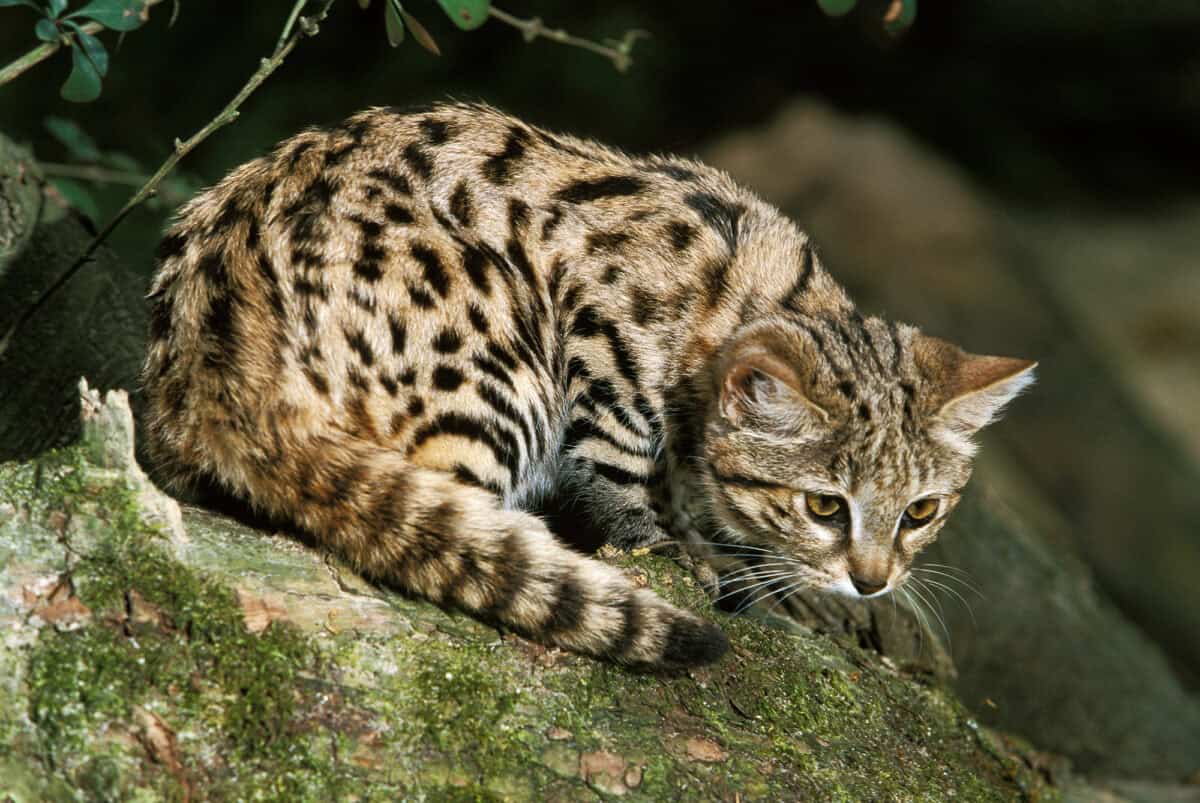
Often overshadowed by its larger relatives, Africa’s black-footed cat is one of its smallest carnivores. Found in Botswana and South Africa, this elusive feline weighs around 3 to 5 pounds and is known for its ferocity, earning the nickname “anthill tiger.” Its name derives from the distinctive black coloring on its feet, a unique adaptation only seen in this species. Renowned for being productive hunters, they consume up to 14 prey items a night.
3. Kodkod: The Secretive Chilean Cat
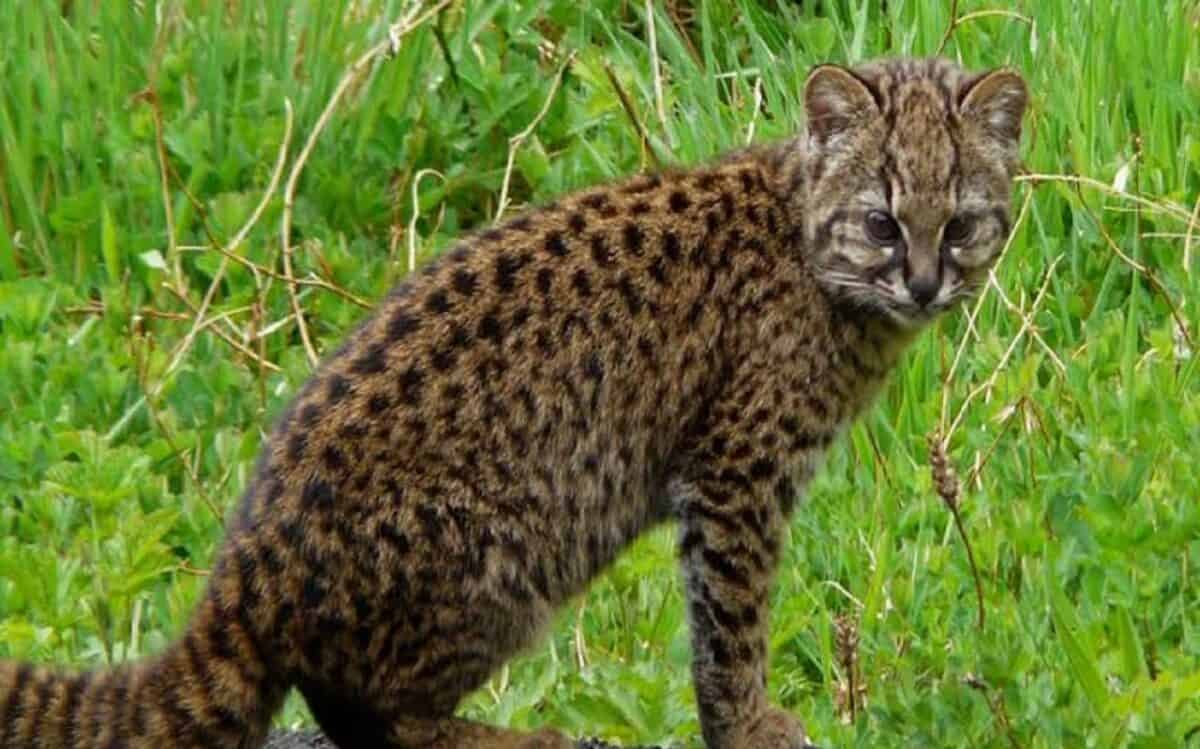
The kodkod, the smallest cat species in the Americas, makes its home in the dense forests of southern Chile and parts of Argentina. Weighing between 4 to 5.5 pounds, its small stature allows it to traverse thick underbrush with ease. Shy and elusive by nature, the kodkod is primarily nocturnal, feeding on rodents, birds, and insects. Conservation efforts are crucial, as habitat destruction poses a significant threat to its survival.
4. Jungle Cat: A Petite Yet Robust Feline

The jungle cat, found across Southeast Asia, the Middle East, and parts of the Indian subcontinent, showcases adaptability like no other. Weighing between 10 to 20 pounds, slightly larger than some of the others on this list, it still remains smaller than many domestic cats in length and build. Its willingness to explore diverse habitats, including wetlands and grasslands, contributes to its wide distribution. Unlike the typical feline, the jungle cat is known for its swimming ability, making it a skilled aquatic hunter.
5. Guigna: The Tiniest Hunter of the Andes

Also known as the Kodkod’s close cousin, the guigna makes its mark as another of South America’s miniature felines. This species is native to the Valdivian and Araucaria forests of Chile and Argentina. Usually, it weighs between 4 to 5.5 pounds. Known for its secretive behavior, the guigna is predominantly nocturnal, and conservation status highlights concerns due to habitat disruptions.
6. Flat-Headed Cat: The Wetlands Specialist

Native to the peat swamps and mangroves in Thailand, Malaysia, and Indonesia, the flat-headed cat almost looks cartoonishly small, weighing around 3 to 6 pounds. Its slender body and unique head shape make it an expert swimmer and fisher. This rare cat’s diet primarily consists of aquatic prey, including fish and amphibians, underscoring its specialization in wetland ecosystems.
7. Andean Mountain Cat: The Enigmatic Highlander
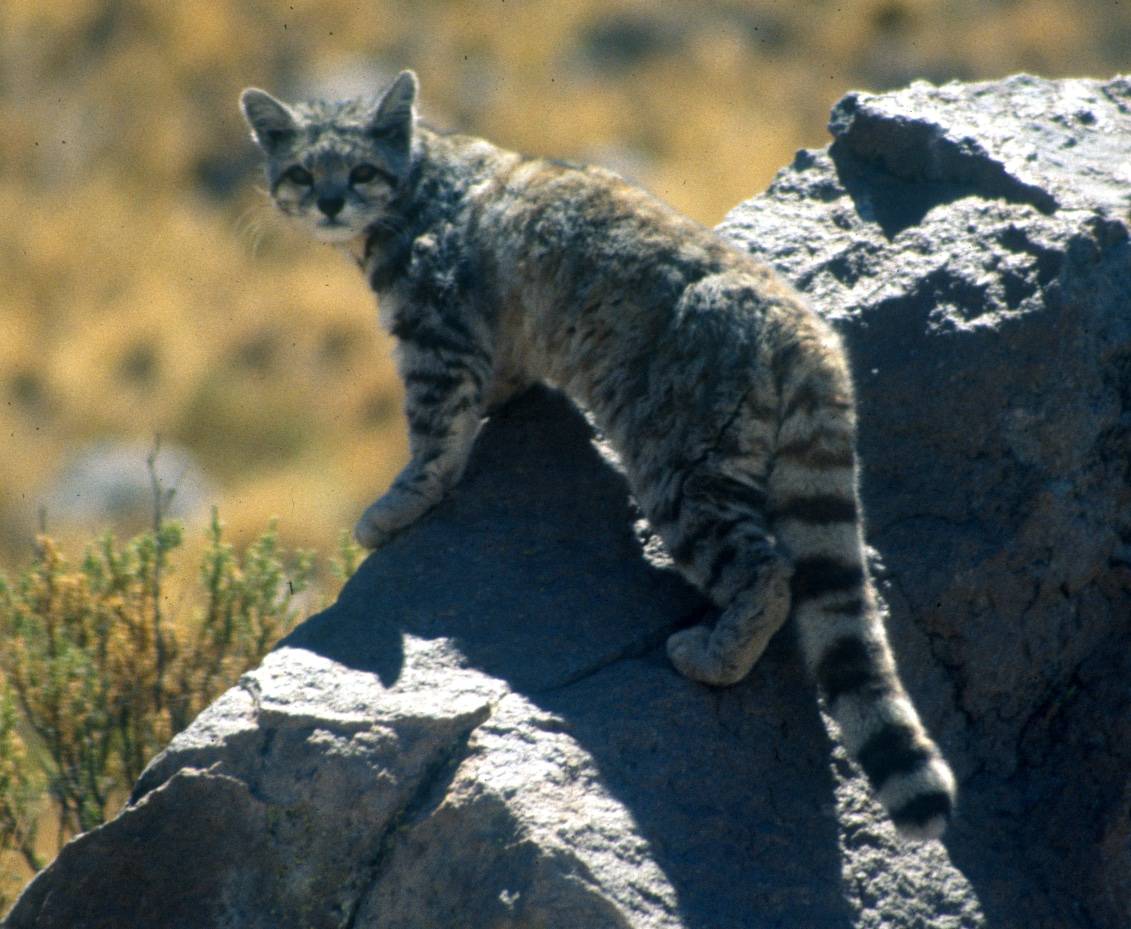
The Andean mountain cat, adapted to the harsh climates of the Andes mountains, remains one of the least studied cats due to its isolated habitat. Weighing between 8.5 to 10 pounds, it thrives at altitudes ranging between 11,500 to 15,000 feet. These cats are rare and elusive, making them challenging for researchers to observe in their natural habitats. Conservation initiatives are crucial, as their populations are fragmented and endangered.
8. Margay: The Arboreal Acrobat

The margay, native to Central and South America, is a true arboreal expert, known for its ability to rotate its ankles, allowing it to scramble down trees headfirst. This nimble cat weighs between 5 to 9 pounds and has large eyes adapted for nocturnal hunting. It is closely associated with forest habitats, relying heavily on arboreal prey, such as birds and small mammals.
9. Bay Cat: Borneo’s Rare Gem

Endemic to the island of Borneo, the bay cat is a mysterious and rare species. Weighing between 6 to 9 pounds, its uniform reddish-brown coat aids in camouflage within its forest environment. Despite its name and distinct coloration, the bay cat remains one of the least understood feline species, with recent sightings and studies illuminating only a small portion of its life history.
10. Pallas’s Cat: The Fluffy Survivor of the Steppes
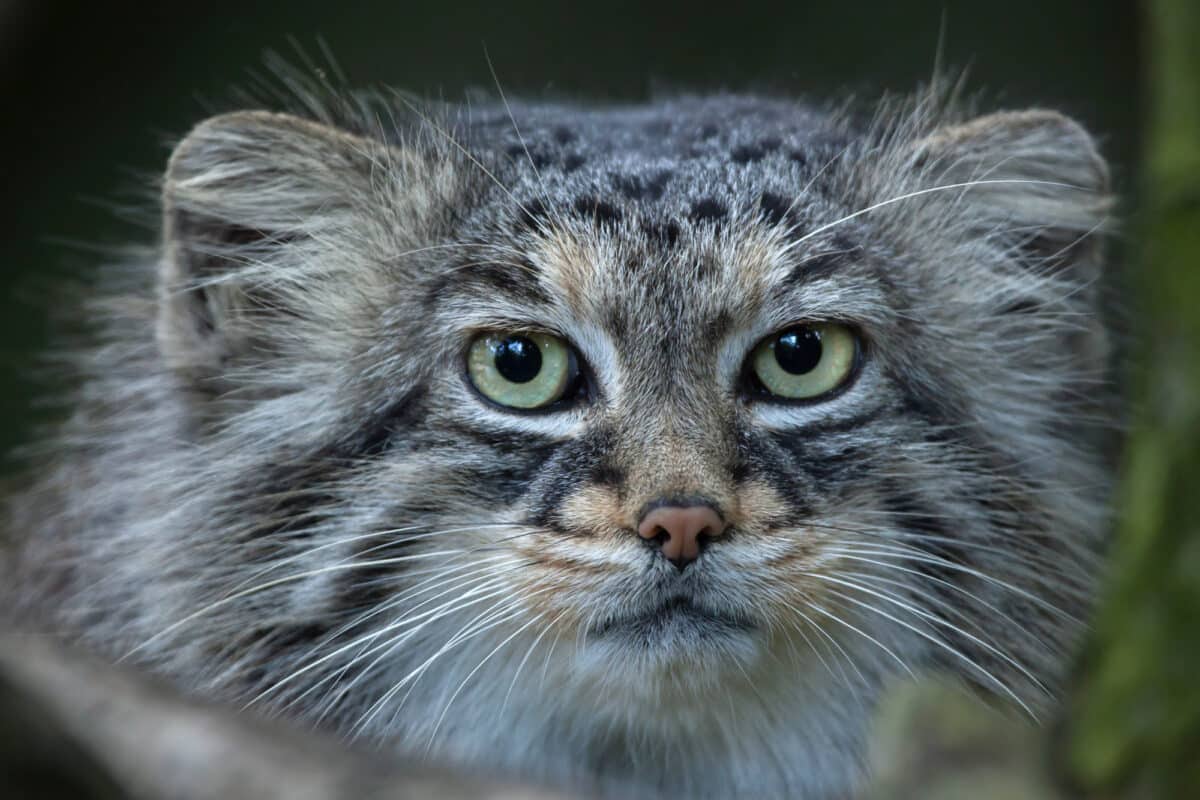
Also known as the manul, Pallas’s cat roams the cold arid regions of Central Asia. Weighing between 4.5 to 9 pounds, its deceptively large appearance comes from its dense and plush coat designed to protect against harsh climates. Known for their atypical behavior, these felines are slow runners and rely on stealth and camouflage to avoid predators.
11. Sand Cat: Sahara Desert’s Stealthy Stalker

Exquisitely adapted to life in the world’s harshest climates, the sand cat is native to the deserts of North Africa and the Middle East. Weighing between 3.3 to 7.5 pounds, it might appear fragile, but this skilled hunter thrives in extreme temperatures. Its thick fur covers the soles of its feet, providing protection from hot sand while aiding in silent movement. Despite facing threats such as habitat loss, it remains resilient across its desert range.
Conclusion: A World to Treasure
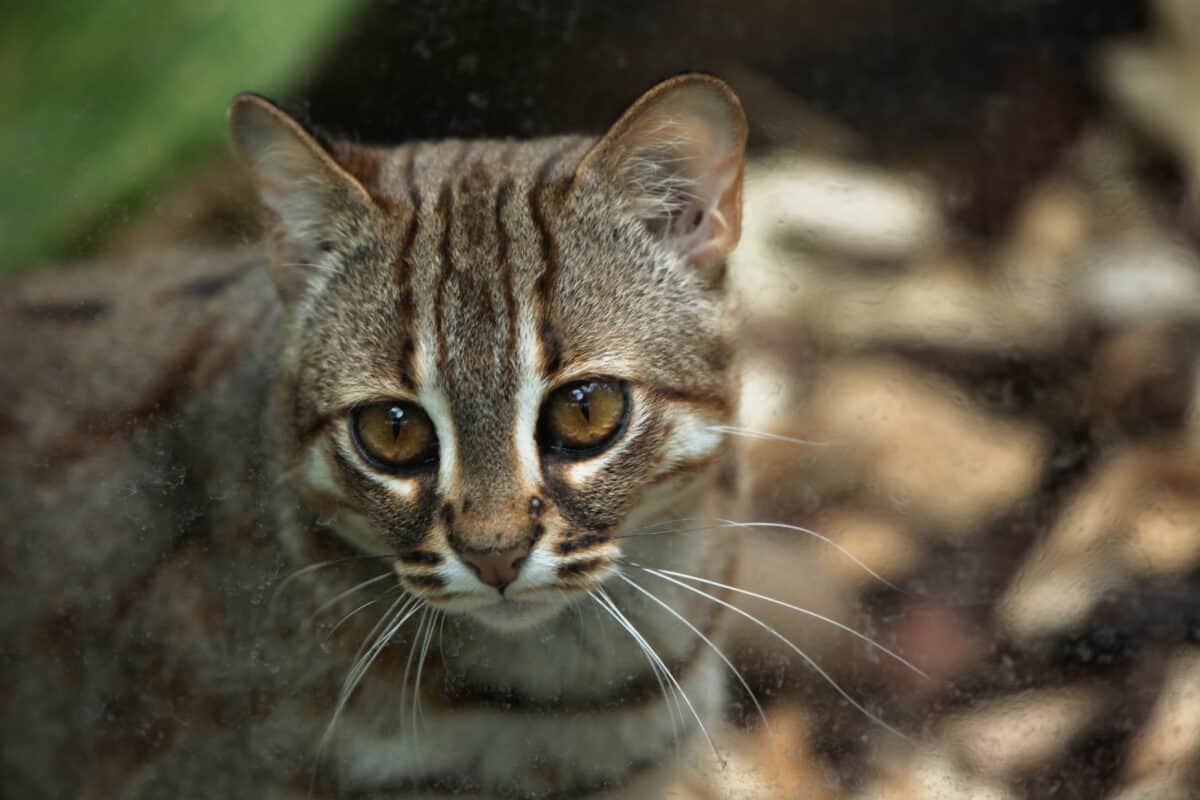
These wild cat species, although smaller than house cats, exemplify the diverse adaptations necessary for survival in varied environments. Their small size belies their dynamic and often secretive lifestyles, each species richly contributing to the ecological tapestry of our planet. Protecting them ensures that these natural wonders continue to thrive, offering endless fascination for generations to come.
- How Sloths Help Support Mini-Ecosystems in Their Fur - August 9, 2025
- Eagles vs. Snakes: Who Would Win? - August 9, 2025
- Why Pandas Were Once Nearly Extinct—and How China Saved Them - August 9, 2025

